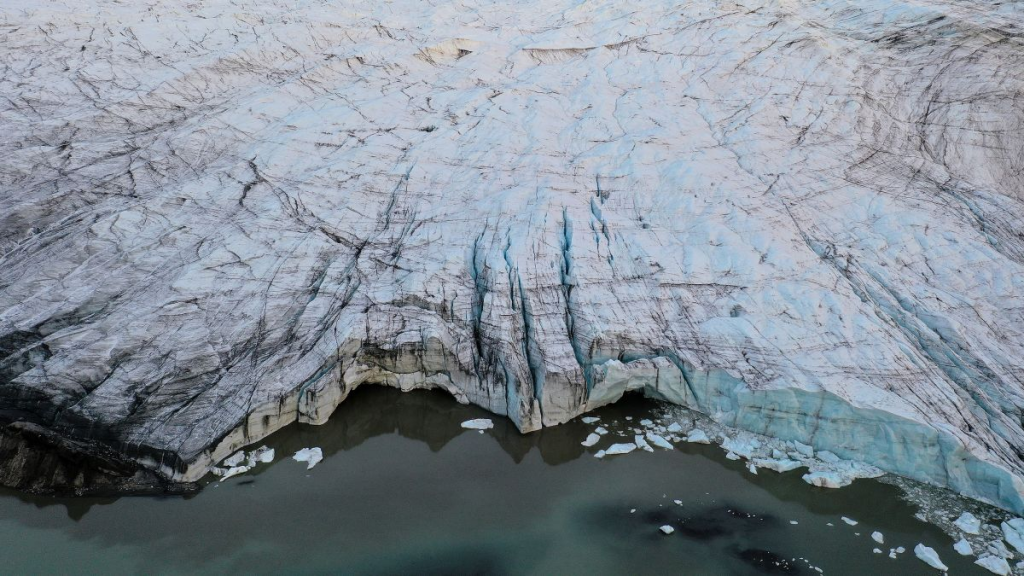Greenland’s glaciers are now found to be melting 100 times faster than previously calculated, according to a new model that takes into account the unique interaction between ice and water at the island’s fjords.
Previously, scientists used models developed in Antarctica, where glacial tongues float on top of seawater. However, turns out, these have a very different arrangement.
“For years, people took the melt rate model for Antarctic floating glaciers and applied it to Greenland’s vertical glacier fronts,” lead author Kirstin Schulz, a research associate in the Oden Institute for Computational Engineering and Sciences at the University of Texas at Austin, said in a statement. “But there is more and more evidence that the traditional approach produces too low melt rates at Greenland’s vertical glacier fronts.”

The researchers published the study in September in the journal Geophysical Research Letters.
Researchers led by physical oceanographer Rebecca Jackson of Rutgers University have been using robotic boats to get close to these dangerous ice cliffs and take measurements. This was done at Alaska’s LeConte Glacier as well as Greenland’s Kangerlussuup Sermia. (An upcoming mission led by scientists at the University of Texas at Austin will send robotic subs to the faces of three west Greenland glaciers.)
Jackon’s measurements indicate that the Antarctica-based models hugely underestimate Arctic glacial melt. LeConte, for example, is disappearing 100 times faster than what the model had predicted.
The mixture of cold fresh water from the glaciers and warmer seawater drives ocean circulation near the glaciers and farther out in the ocean. This means that this melting is going to bring massive repercussions. The Greenland ice sheet is also important for sea-level rise; Greenland ice holds enough water to raise sea levels by 20 feet (6 meters).

The new model uses the latest data from near-glacial missions along with a more practical and close understanding of how the steep, cliff-like faces of the glaciers impact ice loss. The results are aligned with Jackson’s findings, showing 100 times more melt than the old models predicted.
“Ocean climate model results are highly relevant for humankind to predict trends associated with climate change, so you really want to get them right,” Schulz said. “This was a very important step for making climate models better.”


